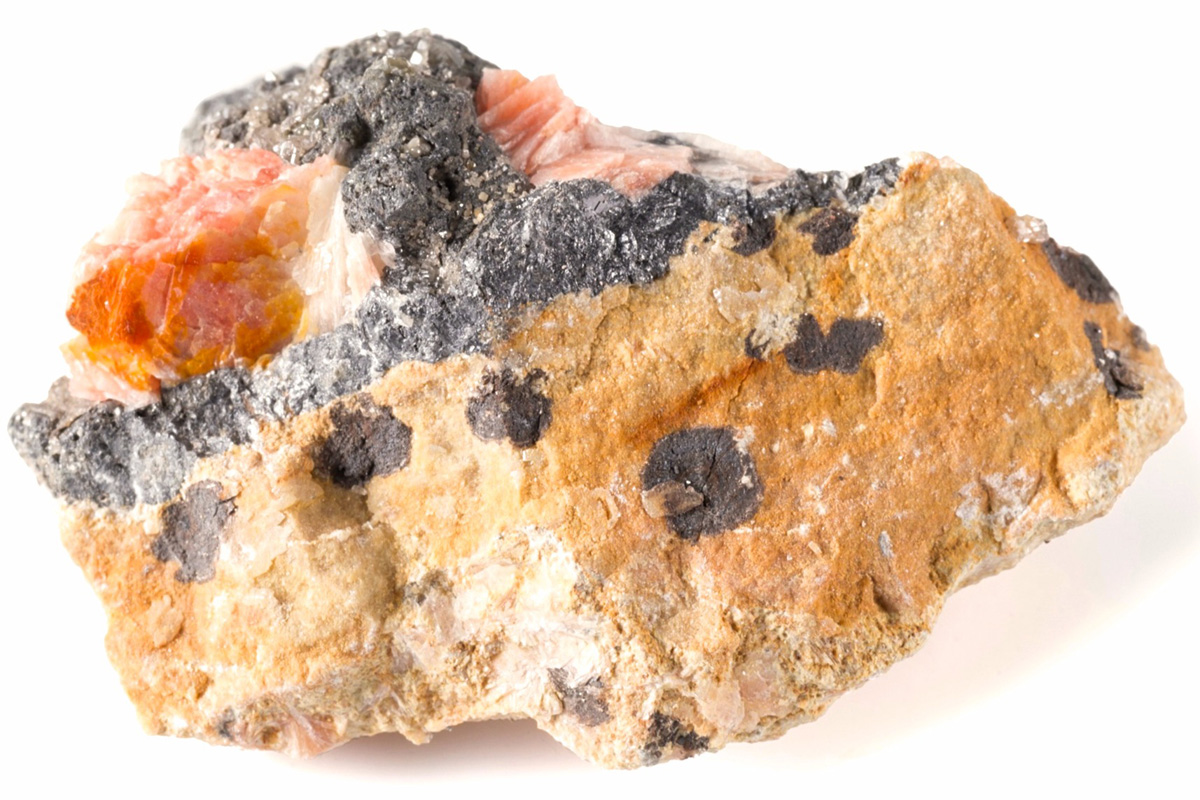
PHYSICAL PROPERTIES
- GROUP Carbonates
- COMPOSITION PbCO3
- COLOR White, grey, blue to green
- CRYSTALLINE SYSTEM Rhombic
- CRYSTALLINE HABIT Prismatic tabular
- HARDNESS 3 - 3.5
- FRACTURE Conchoidal, brittle
- EXFOLIATION Imperfect
- SHINE From adamantine to vitreous
- STRIP Colorless
- TRANSPARENCY From transparent to translucent
- SPECIFIC WEIGHT 6.5
- REFRACTIVE INDEX 1.8 - 2.1
MINERALOGICAL CHARACTERISTICS
The cerussite is a lead carbonate, the most abundant lead ore after galena. Its name comes from the Latin "cerussa" (white lead). In general, it is usually white or colorless, but it can vary in color depending on the inclusions it contains.
Crystals of cerussite are usually prismatic, isometric and tabular. They often form twins, but can also be compact. It appears in the oxidation zones of lead deposits. When it appears together with galena it is also called "black lead".
Deposits: Namibia, Australia, Italy, Bolivia, Spain, United States, Scotland and Morocco.
THERAPEUTIC PROPERTIES
The cerussite is considered a stone of personal growth. It is beneficial for adapting to changes, for responsibility, communication and decision making. On a healing level, it is said to help vitalize the body and strengthen bones and tissues. The cerussite is recommended in case of insomnia and to balance the nervous system.


